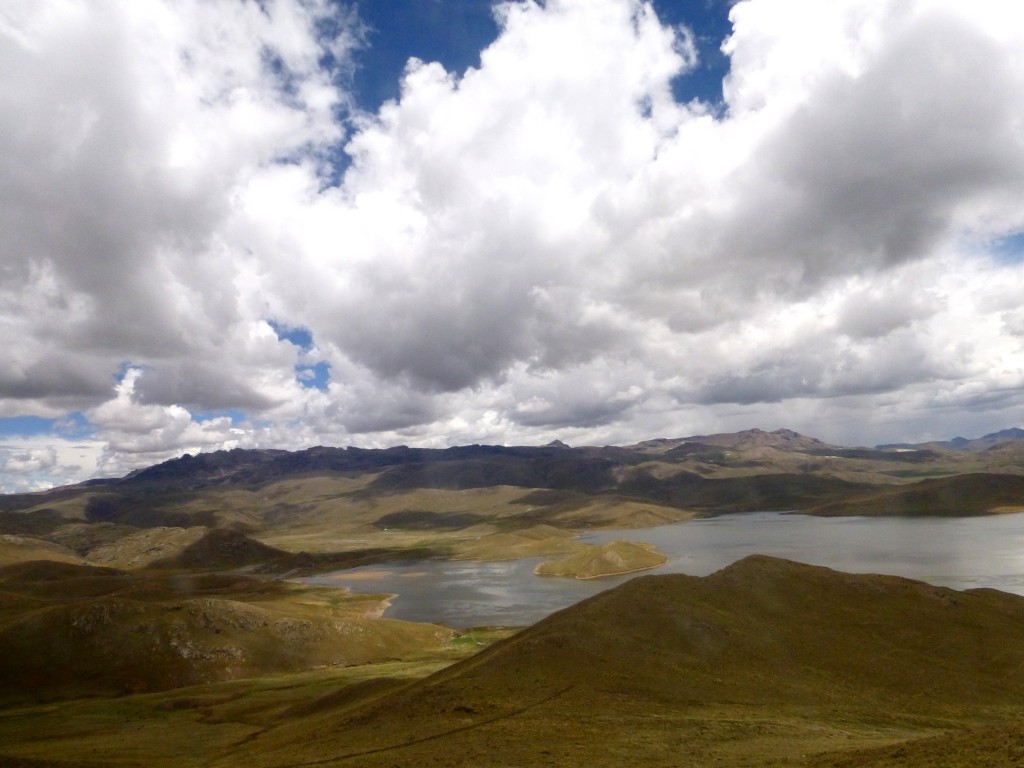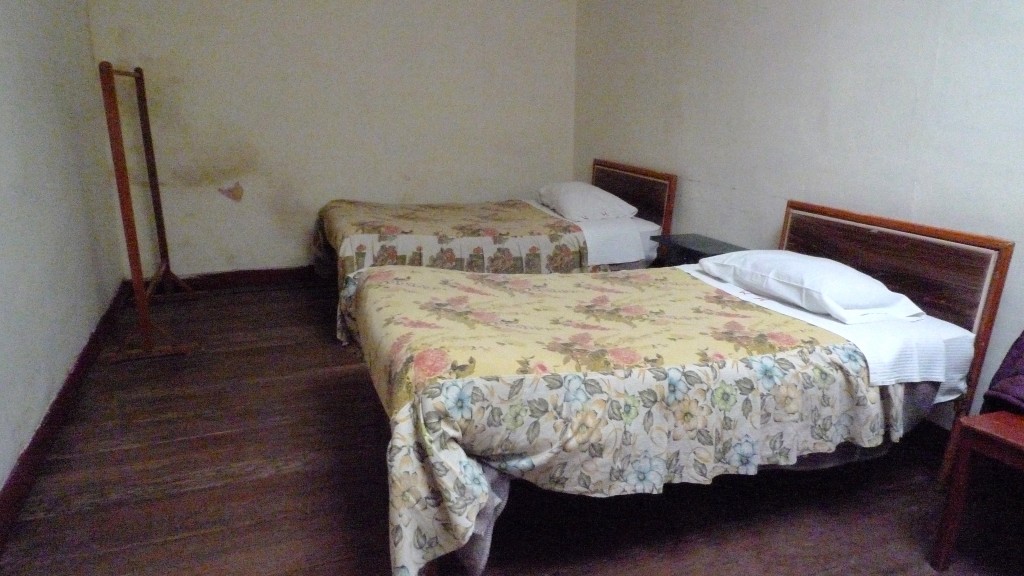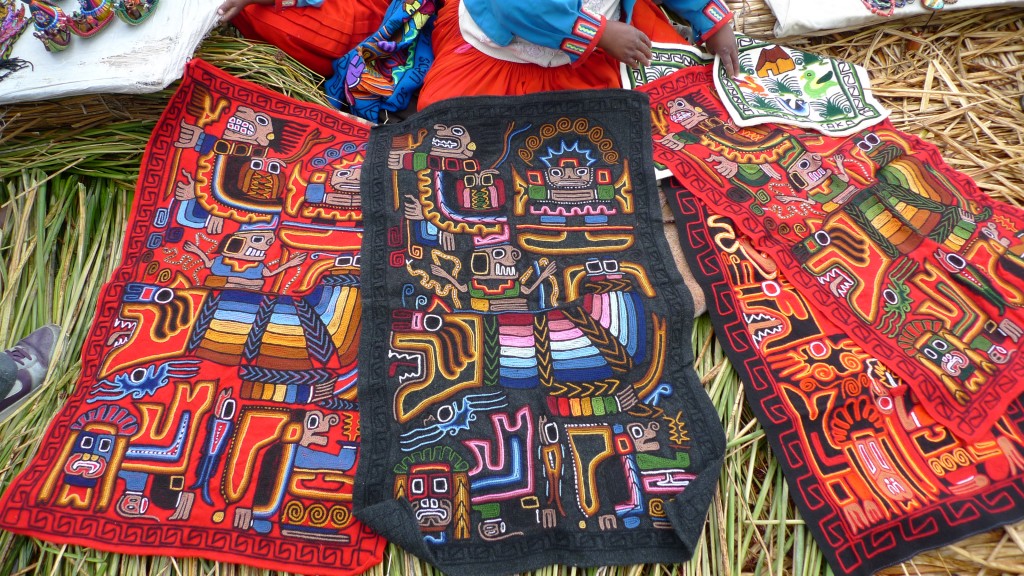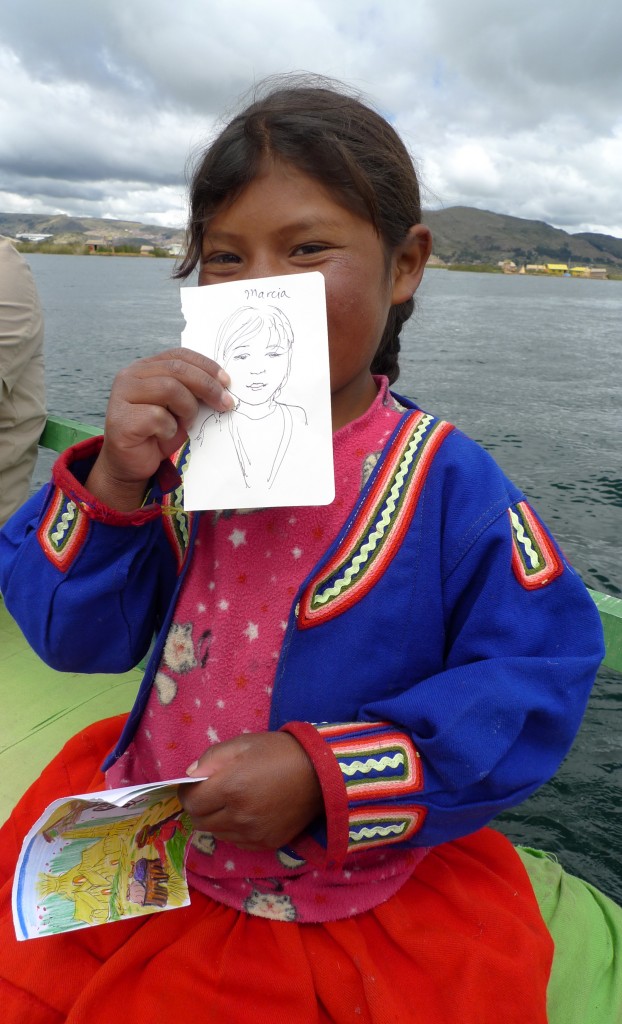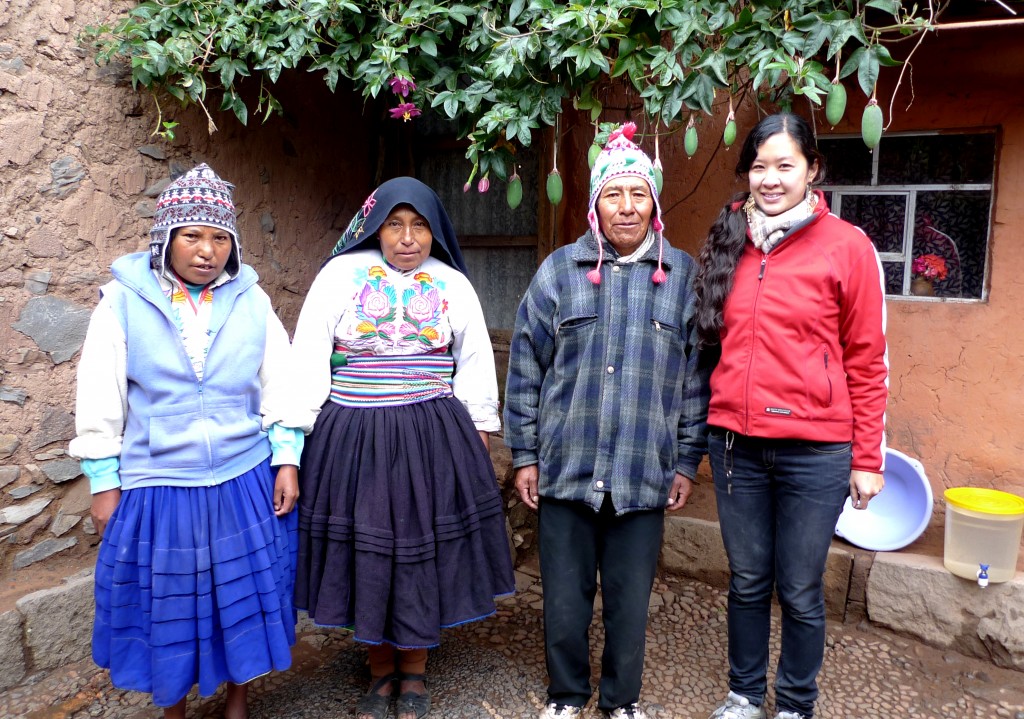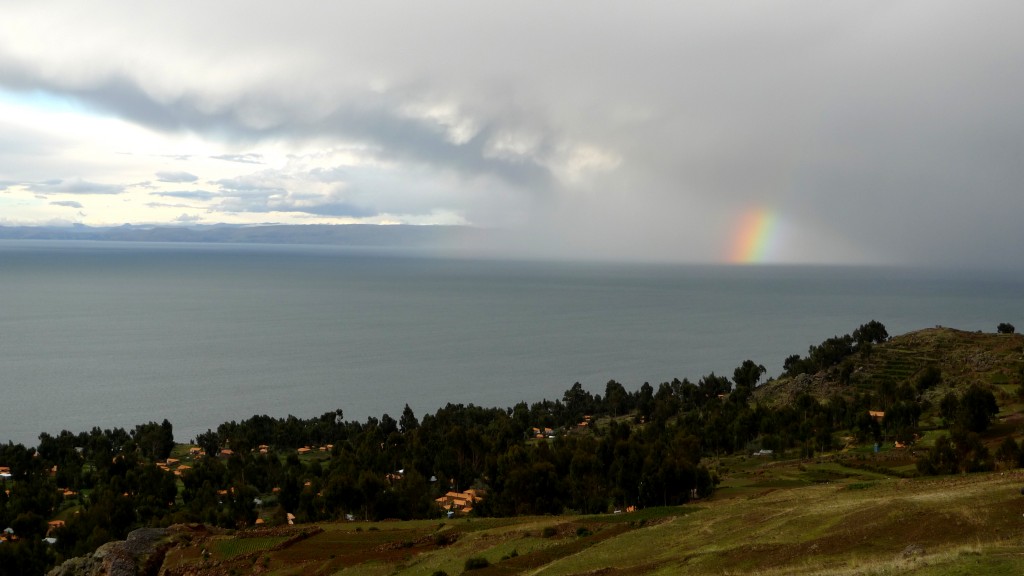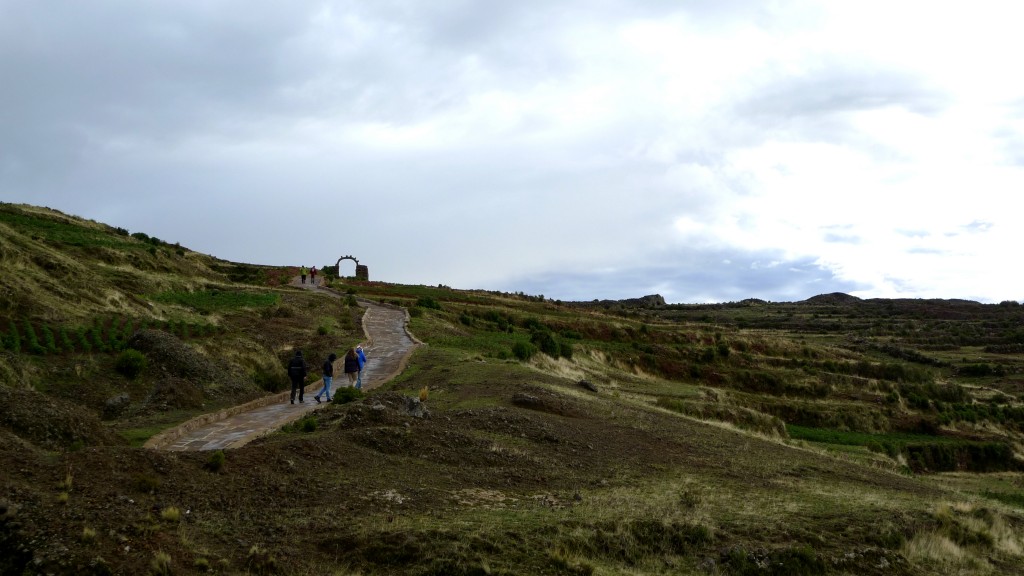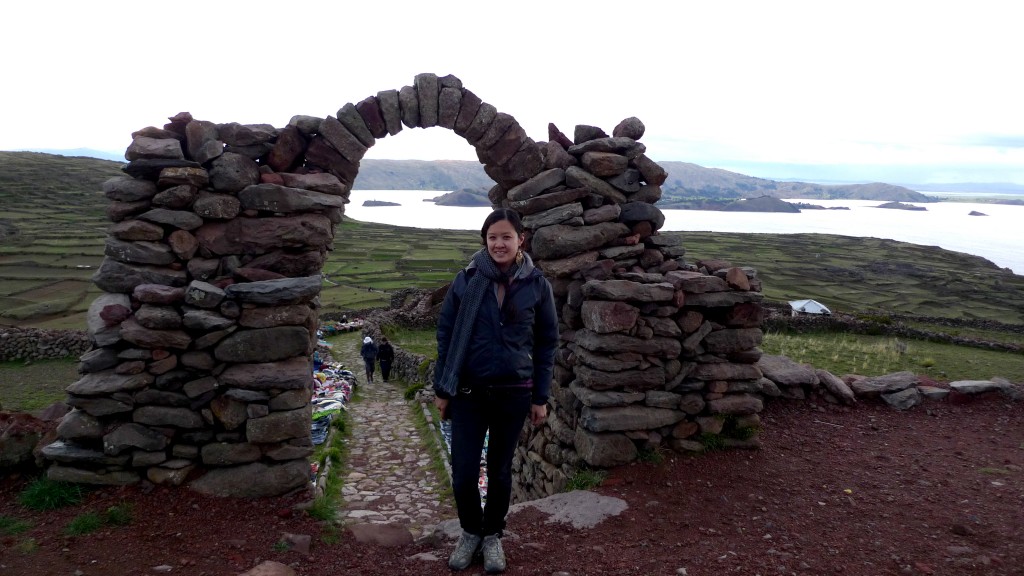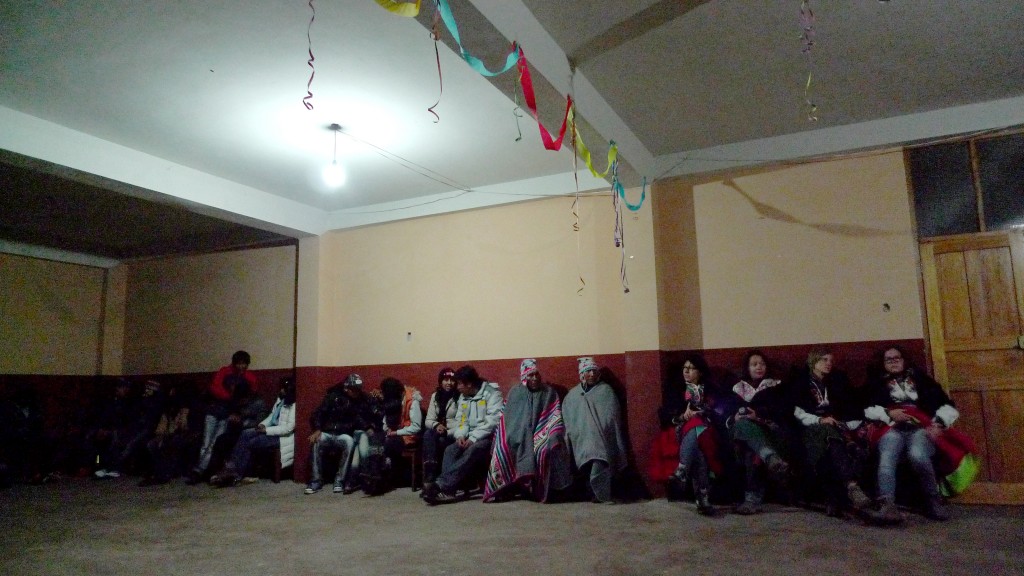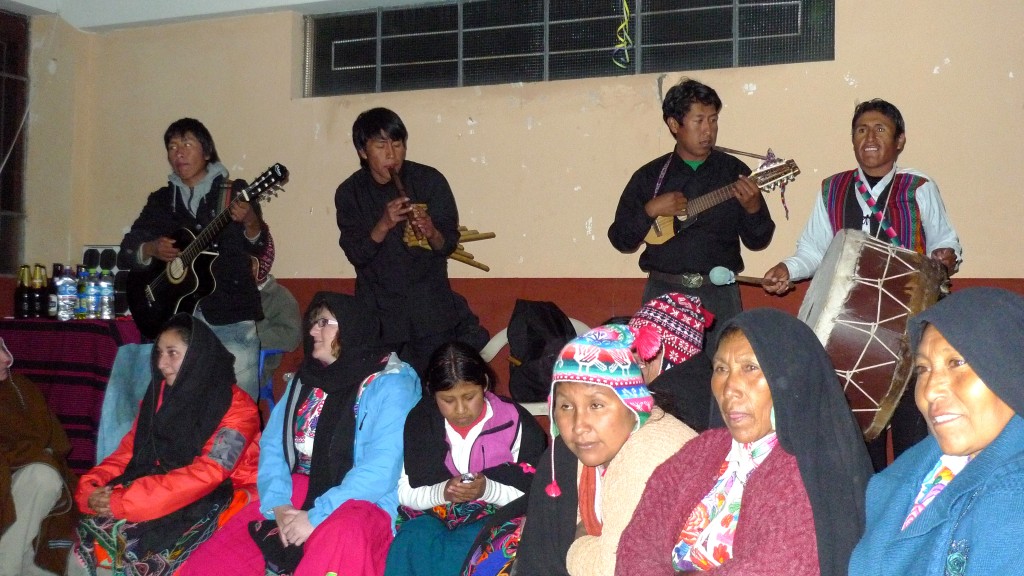When I first arrived at my hostel in Arequipa, I often wondered why some of the other hostel guests would sit around and watch movies in the common areas or be on the internet during the day. And then I realized: while Arequipa was a beautiful city, there’s frankly not that much to do around there during the day, other than eat and see churches. The only other thing to do is do a tour to Colca Canyon, which is a two to three day trek far away from the city. (I later found out that Arequipa is a few hours from some great beaches, but I didn’t know it back then. It pays to know the locals!)
While I was excited to go to Puno for Lake Titicaca, I dreaded the infamous bus ride there that’s known to be dangerous, due to driver fatigue and altitude. The safest option was a Cruz Del Sur bus trip during the daytime. So I said goodbye to the White City, and went on my way up north to the border.
My worries about the ride slowly faded as I got a chance to see some amazing Peruvian landscapes. The road to Puno is filled with wide open grass plains with enormous snow covered mountains popping up out of seemingly nowhere. I even saw what appeared to be redheaded llamas that I later discovered were wild and rare vicunas, running around or grazing in pairs or herds by the roadside. While the road is a bit windy, the cliffs were not too steep for a lot of the trip. We even got a chance to pass by another huge lake (not Titicaca) and some towns.
I knew it was going to be cold when I got to Puno, but I didn’t realize how bad it would hail. Rains and large balls of ice pelted our bus and nearby store fronts when we arrived. I got a taxi for $4 Soles into town and found Hostel Monterrey on the main tourist boulevard of la Calle Lima. For just $20 soles, I got a very bare but clean and small room that was warm, had nice hardwood floors, and had a skylight. Puno is nice, but there’s not much to do out here. Despite that, I came to really like the little city, the restaurants, the sun when it shined, and the great people working at the bars and restaurants nearby.
The next day I awoke early to get on a group bus to get to the boat to visit Lake Titicaca’s islands. Our first stop was a visit to the Uros/Floating Islands: man-made islands made out of connected blocks of dirt and floating reeds (all handcut with poles – now saws) that the people made a long time ago to escape the more warlike groups around Titicac. After setting foot on the spongy grass islands, we sat down and got a little bit of history of the people and how the islands were made from our tour guide and local island “mayor” (each island has its own leader). Afterwards, we walked around and see the houses, as well as support the island by purchasing local handmade goods.
The guides encourage you to take a ride on a straw boat to support the local economy, but most of our group didn’t want to do. I paid the $10 soles in support and hopped on board. Some of the local kids also came on the ride that spoke both Spanish and Aymara. I got to know them by doing some drawing activities with them. They were so fun and eager to draw/be drawn. That was one of the highlights of my trip.
After our short visit to the floating islands, we made the few hours boat ride to the island of Amantani. I met a woman from Lima who had been taking a lot of photographs the entire time. She currently lived in Spain with her partner and two kids, and had a tour company back in Lima. I later realized that she was one of the few “friends” that I made on the entire trip – which was a shame because she soon got off the boat to do some research on socially-conscious tourism on another island.
When we got to Amantani, we met our “mama’s” – the women whose homes we would stay at – and followed them to their homes. I was paired up with the “other Asian person” on our trip – a Japanese woman named Yuki, who was one of the few other solo travelers on our tour. Together we made the difficult hike up to her house (I almost ran out of breath due to the altitude again!), got to know our rooms, and ate a lunch of quinoa soup. The family consisted of the father (Ernesto), the mother (Juana) and the daughter (Hilda), who were really sweet. Ernesto was pretty talkative, while Juana and Hilda remained pretty shy (probably due to language barriers too. They speak Aymara, less Spanish).
Later that day, we were taken down to the main square to begin our tour of the island. Our guide took us up to the farms, where we learned about crop and coca cultivation, how they use coca leaves to determine whether or not a sick person should go to a hospital or be healed by a shaman, and how shaman heal the sick (it involves the sick person holding a guinea pig, then killing the animal to see where the sickness lies in the person’s body).
We then had a chance to hike high up the mountain to see two of the island’s most important temples – Pachamama and Pachatata – where the people of Amantani go once or twice a year to give thanks and ask for a good harvest year. It was a hard trek up (altitude, once again) but amazingly beautiful! Each part of the way, rock partition walls made by the townspeople covered every inch of the mountain from top to bottom. Some fields had crops while others lay fallow.
That night after a dinner of rice and cheese and – of course – quinoa soup, the family dressed me and Yuki up in traditional Amantani clothing and took us to the “party” down the road. It was interesting to see the local youth who hang out on the island. Even though the island is far from Puno or any other city, the youth dressed and looked like they could have been young people living in Oakland. Or LA.
The “party” was pretty dead at first: we hung around the walls until the band began to play. After a while, the Canadian/French tourists got up and began to do some funky dances – both by themselves, and with a local elder and the youth. It was a bit awkward, but they were trying to make the party fun and make the most out of the experience with the rest of the people in the room. I soon realized that Amanatani dancing involves a lot of grapevine steps in a circle. While I was often too shy (and tired) to dance, I was often dragged into the chaotic circles – which left me completely winded. Must have been a combination of the tight belt and high altitude!

